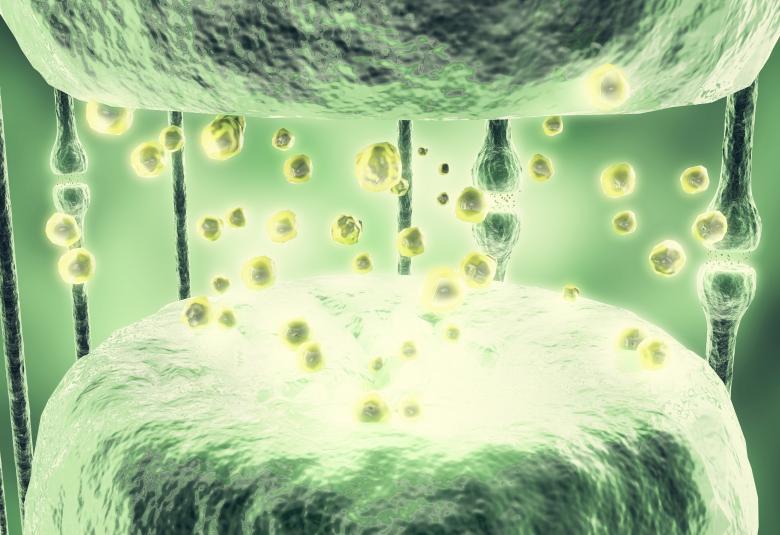What is the effect of switching to a second anti-CGRP monoclonal antibody when migraine fails to respond to a first anti-CGRP monoclonal antibody? The results of a study detailed in a poster at IHC2021 provides interesting insights on this topic.
Should treatment be discontinued or switched after failure to respond to a first anti-CGRP monoclonal antibody?
A prospective real-life study of 220 patients with refractory migraine has been carried out in Spain since January 2020 to investigate the effect of switching to a second anti-CGRP monoclonal antibody after failure of a first anti-CGRP monoclonal antibody.
52 patients switched to a second anti-CGRP monoclonal antibody after failing to respond to a first anti-CGRP monoclonal antibody
Among the 220 patients, 52 patients switched to a second anti-CGRP monoclonal antibody after starting treatment with a first anti-CGRP monoclonal antibody:
- 37 patients after 3 months’ treatment
- 8 patients after 6 months’ treatment
- 7 patients after 9 months’ treatment
These patients had failed to respond to an average of six preventive treatments.
24 patients were satisfied with the second anti-CGRP monoclonal antibody treatment
The results were detailed in a poster presented by Candela Nieves Castellanos and colleagues.
Three months after the switch 24 patients were satisfied with the second anti-CGRP monoclonal antibody treatment and decided to continue with it.
Benefits for the 24 patients satisfied with the switch
For the 24 patients satisfied with the switch, improvements in their migraine 3 months after the switch were as follows:
Switching from a first anti-CGRP monoclonal antibody to a second after failure of the first decreases the number of migraine days and improves quality of life for some patients
- Migraine days each month decreased 5.4 days from 22 to 16.6 days
- Symptomatic treatment days decreased 5.4 days from 20 to 14.6 days
- Migraine Disability Assessment Score (MIDAS) decreased 22 points from 105.4 to 83.4 points
- Headache Impact Test (HIT-6) score decreased 4.3 points from 67.2 to 62.9 points
- Migraine-specific quality of life improved 9.5 points from 32.6 to 42.1 points
The authors concluded that switching from a first anti-CGRP monoclonal antibody to a second after failure of the first decreases the number of migraine days and improves quality of life for some patients.
Our correspondent’s highlights from the symposium are meant as a fair representation of the scientific content presented. The views and opinions expressed on this page do not necessarily reflect those of Lundbeck.




